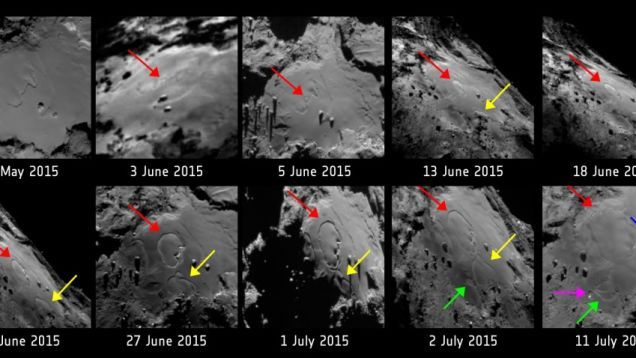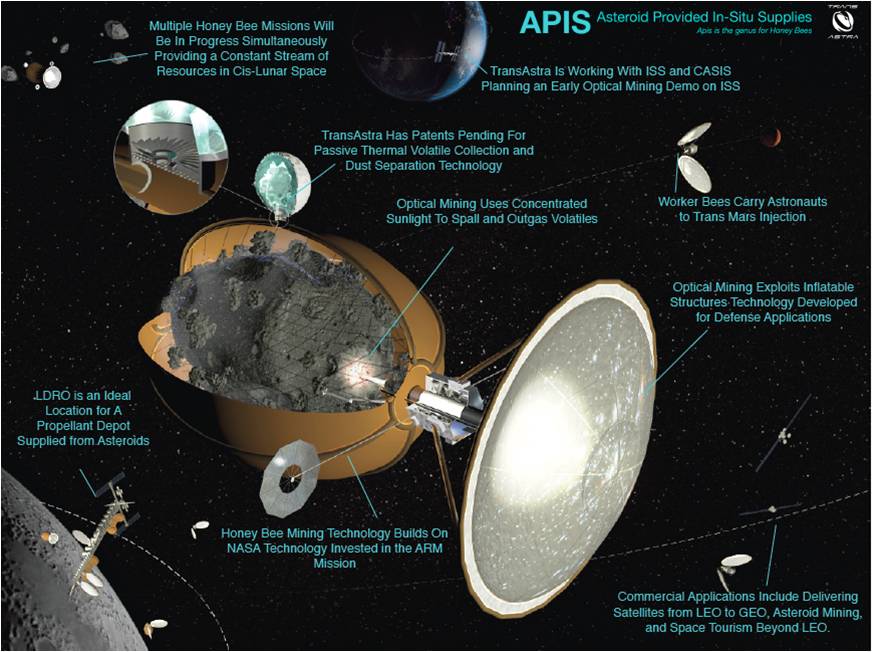You’ve probably seen a few attempts at recreating worlds in game engines, but never at this level of detail. Artist Jason B is working on the Enterprise-D Construction Project, an Unreal Engine-based virtual tour that aims to reproduce all 42 decks in the Enterprise from Star Trek: The Next Generation. While it’s not quite photorealistic, the attention to detail in this digital starship is already uncanny — the bridge, shuttle bay and other areas feel like lived-in spaces, just waiting for the crew to return. Jason is drawing on as much official material as he can to get things pixel-perfect, and he’s only taking creative liberties in those areas where there’s no canonical content.
The project is currently just a hobby, but there might be more in the cards if everything goes smoothly. Jason is considering populating the ship, offering a chance to explore the outsides of other locations (such as Deep Space Nine) and even introducing game mechanics. Whether or not those happen will depend on many things falling into place, however. The creator is thinking about crowdfunding campaigns to help with his work, and there’s the looming question of licensing: he’ll likely need CBS’ approval to release anything, especially if he wants to charge for it. Even if it amounts to little more than some screenshots and video, though, it’s an impressive feat.
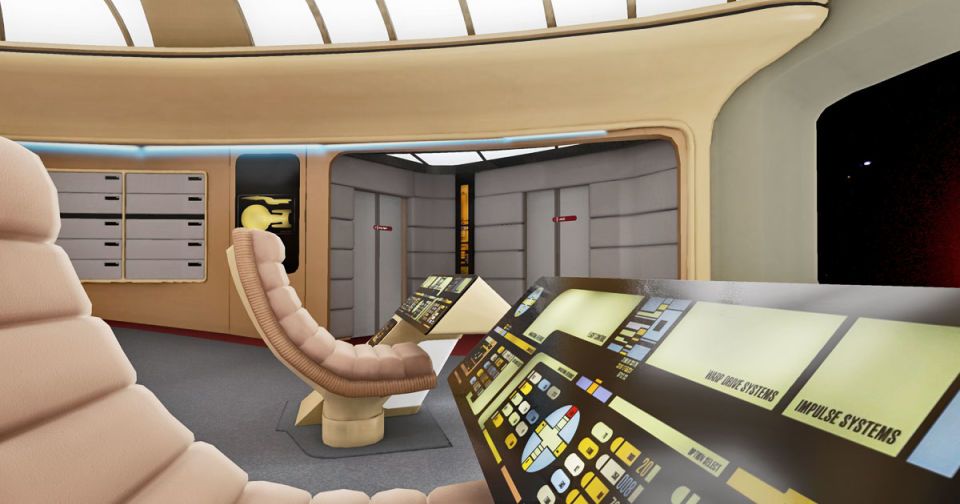
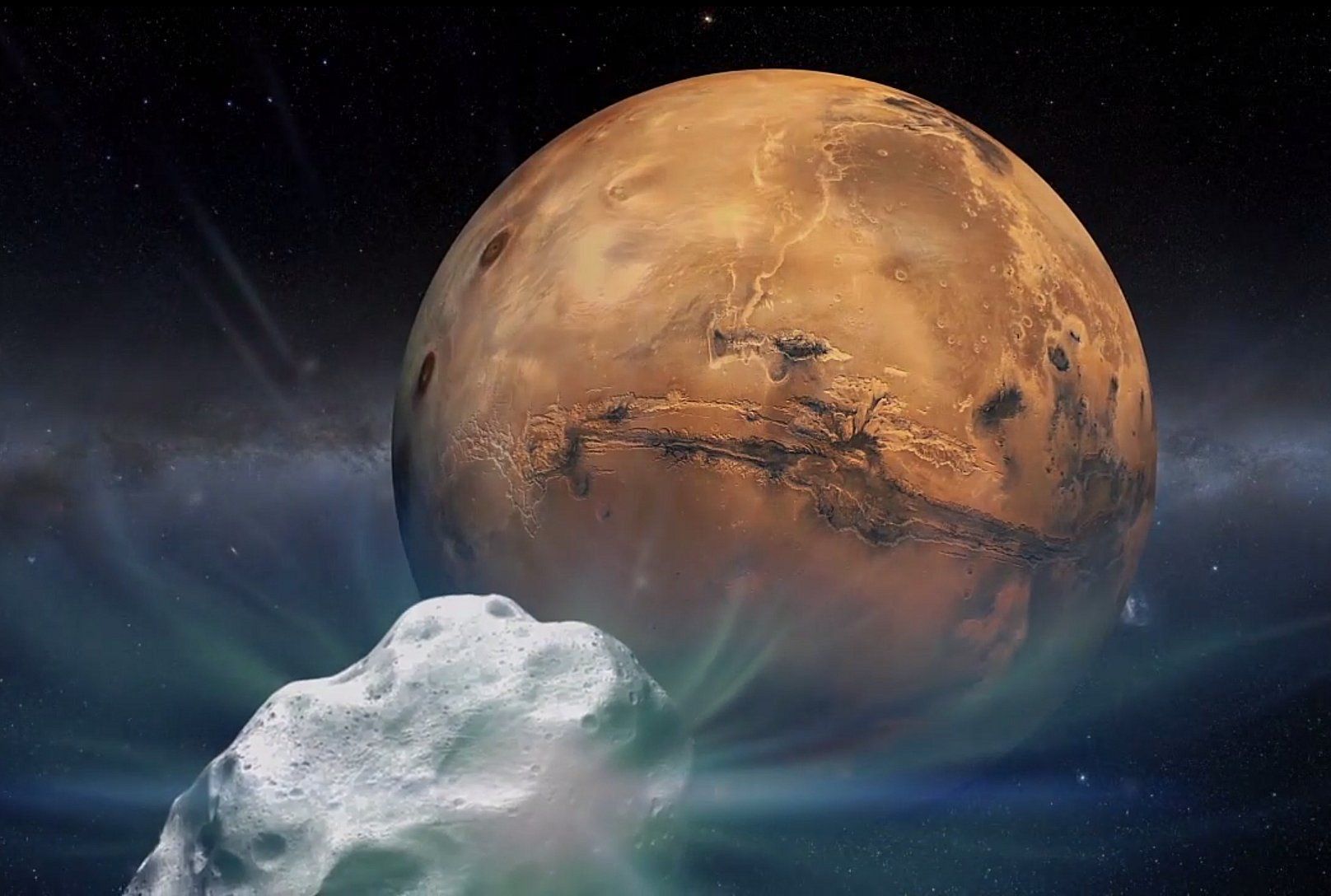
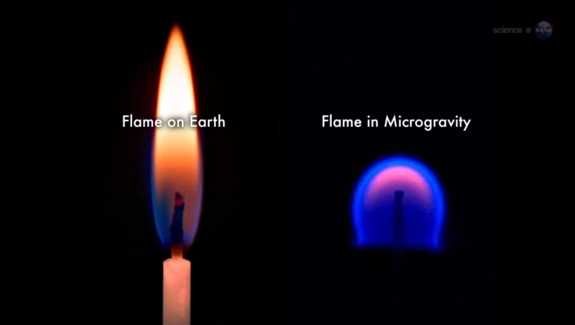
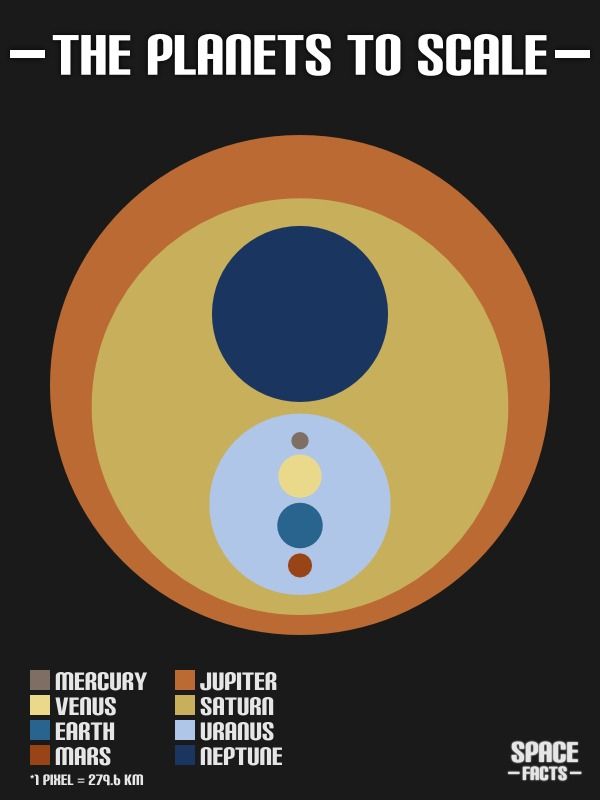

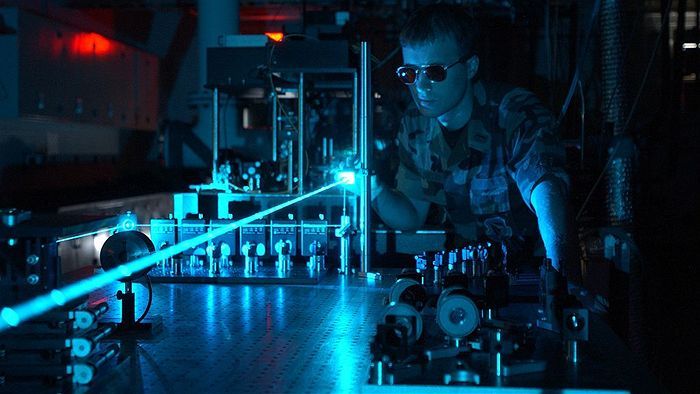
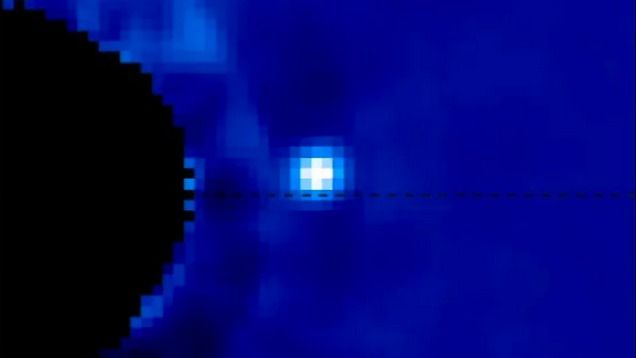
 The dimensionless aspect, since it has no dimensions, is outside of space and time. This is the key aspect to existence: an aspect outside of space and time perpetually interacting dialectically with an aspect inside space and time. All of the weird and wonderful phenomena of the universe are the products of this ultimate dichotomy.
The dimensionless aspect, since it has no dimensions, is outside of space and time. This is the key aspect to existence: an aspect outside of space and time perpetually interacting dialectically with an aspect inside space and time. All of the weird and wonderful phenomena of the universe are the products of this ultimate dichotomy.